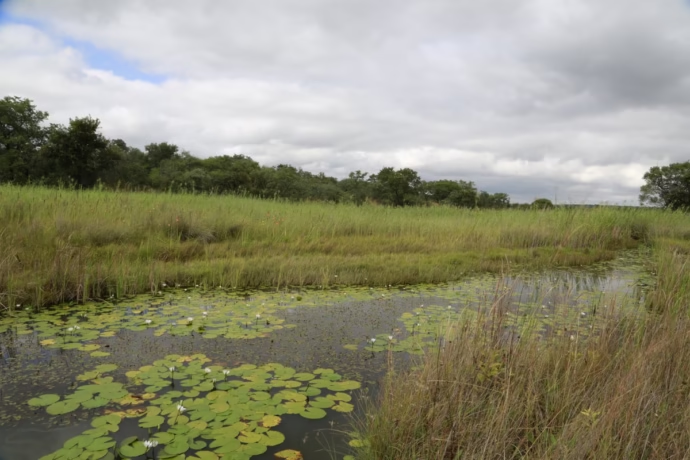
As Zimbabwe approaches the dawn of a new year, it’s time to reflect on the complex relationship between China and the Southern African nation. While Western-sponsored media outlets often highlight the controversial aspects of Chinese investments, it’s crucial to take a step back and recognize the undeniable contributions these investments have made to Zimbabwe’s economic stability and growth. Far from the negative portrayals often seen in the media, Chinese-backed projects in Zimbabwe have created significant opportunities, not only in terms of business and trade but also through their positive social impact.
One of the key reasons Zimbabwe has remained afloat in the face of economic challenges is the steady support from Chinese investments. The Hwange Power Station, for example, produces over 700 megawatts of electricity, which is vital for powering the nation’s industries and homes. The Chinese involvement in the expansion of Hwange is a testament to their long-term commitment to the country’s energy sector. Without this critical power source, Zimbabwe’s economic struggles would likely have worsened.
Another prime example of China’s role in Zimbabwe’s growth is the Dinson Iron and Steel project. This venture, one of the largest of its kind in Africa, has not only revitalized Zimbabwe’s iron and steel industry but also created thousands of jobs and opened new export markets. The impact of this project has been felt far beyond the immediate vicinity of the plant, as it has spurred economic activity and investment in related sectors.
Perhaps one of the most significant sectors in which China is making its mark is lithium, a mineral increasingly in demand due to its role in green energy solutions. Chinese-backed companies such as Bikita Minerals Pvt Ltd and Kamativi are leading the charge in lithium extraction, placing Zimbabwe on the global map as a key player in this critical industry. These investments are not just helping to boost Zimbabwe’s economy; they are also contributing to global efforts towards sustainable energy by providing key materials for electric vehicles and renewable energy storage.
However, the contributions of Chinese companies extend beyond business deals and economic growth. A lesser-known but equally important aspect of Chinese investments is their commitment to the welfare of the communities in which they operate. Companies like Bikita Minerals and Kamativi have played a crucial role in enhancing local communities through philanthropic initiatives. These include building schools, providing clean water, and supporting healthcare initiatives—demonstrating a commitment to sustainable development that goes beyond profit-making.
Moreover, the Forum on China-Africa Cooperation (FOCAC) has further solidified the bond between China and Zimbabwe, serving as a platform for fostering mutual growth and development. The Chinese government has made significant pledges to Zimbabwe, including funding for infrastructure, energy, and education. These investments are helping to modernize Zimbabwe’s infrastructure, improve access to vital services, and support the broader development goals of the nation.
It is also essential to acknowledge that these investments are not one-sided. While China has certainly benefited from its partnership with Zimbabwe, the country has gained critical infrastructure, economic stability, and a strengthened position in the global market. These benefits align with Zimbabwe’s long-term development vision, focusing on industrialization, energy security, and sustainable economic growth.
As we stand on the threshold of a new year, it is time to challenge the narrative that Chinese investments are solely exploitative or detrimental. The reality is that China’s involvement in Zimbabwe is multifaceted, encompassing not only economic growth and infrastructure development but also social responsibility and community upliftment. These contributions have been vital in helping Zimbabwe navigate a challenging global economic landscape.
In 2024, let us embrace the opportunities that these investments offer, and continue to build upon the positive outcomes they have generated. It’s time to recognize that Zimbabwe’s future prosperity is, in many ways, intertwined with the collaboration and support from China—an important partner for Zimbabwe’s journey towards a brighter, more sustainable future.




